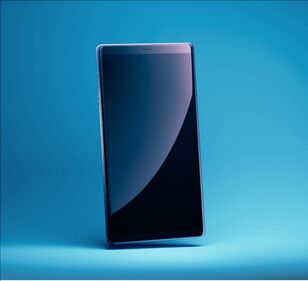|
Mystery surrounds the iPhone's ability to close apps when you're done using them, and today's column seeks to provide clarity around this perennial point of inquiry.
The iPhone is designed for you to easily leave apps when you are done using them. To leave an iPhone app, using an iPhone X-style phone, simply swipe up from the bottom of the screen to return to your home screen (for iPhones with a circular Home button, press the Home button once). However, sometimes apps glitch up or freeze, and we need to force-close the app to allow it to work properly again. This is an easier step than restarting your phone, which is also a good troubleshooting option. To force-close an iPhone app, swipe up from bottom of the screen, but pause your finger in the middle of the screen (for iPhones with a Home button, simply double-tap the Home button). You will see the App Switcher: a set of cards representing your recently used apps. Swipe an app's card up and away to force-close the app (click here for a video and Apple's official instructions). You can then re-open the app, and it may behave better. Some people choose to force-close all of their apps on a regular basis by swiping all of the App Switcher's cards up and away, and while this doesn't damage the phone, it can be detrimental to performance. Here are a few reasons why it's a best practice to only to force-close apps when necessary: 1. Force-closing expels the app from the phone's memory, meaning it may take more energy to load the app when you re-open it, which can negatively affect battery life and performance. 2. Force-closing means that the app may not remember where you left off, making it more cumbersome when you re-open the app. 3. Force-closing prevents the app from syncing in the background which can cause problems with apps such as fitness or mapping apps (if you want to turn off an app's ability to sync in the background, check out this article for the most effective way to do that and save a bit of battery life). 4. Here's a little known fact: just because an app appears in your iPhone's App Switcher does not mean it is necessarily turned on or consuming resources on your phone. All apps you have used recently will appear in the App Switcher in chronological order regardless of whether they are using resources, and leaving them there gives you an easy way to switch back to a recently used app. 5. Bonus Tip: iPhone X-style phones without a home button can easily switch between your most recently used apps by swiping along the bottom of your screen. Check out this video to see how. |
AuthorJensen Gelfond is the Founder of Asheville Digital Lifestyle. He helps people use their technology more effectively and joyfully. Categories
All
|


 RSS Feed
RSS Feed